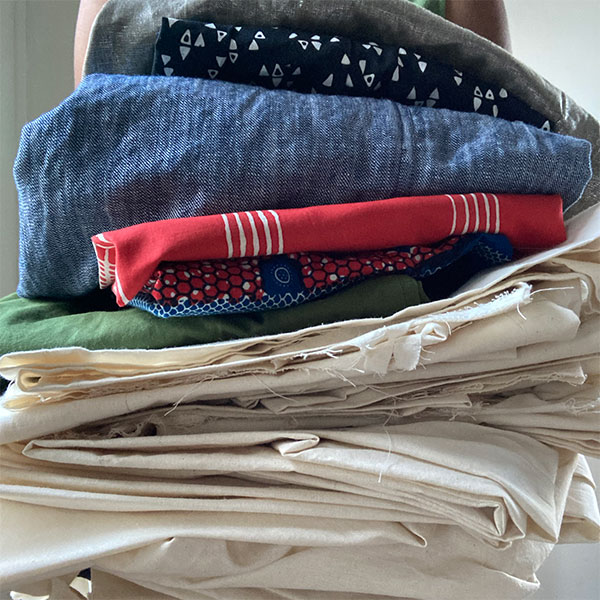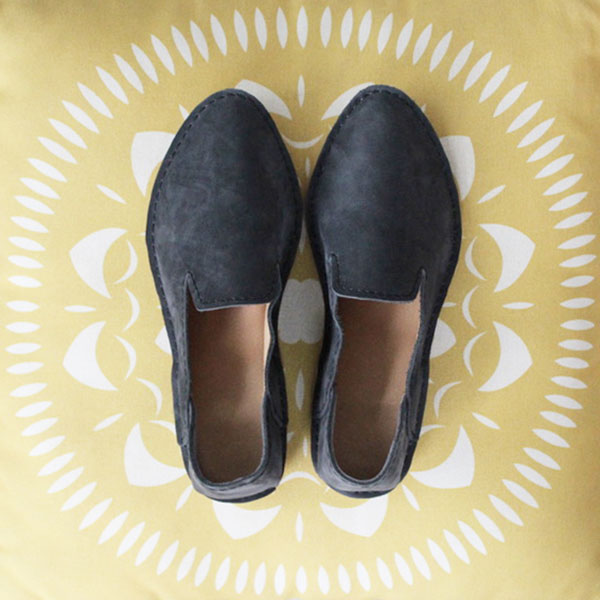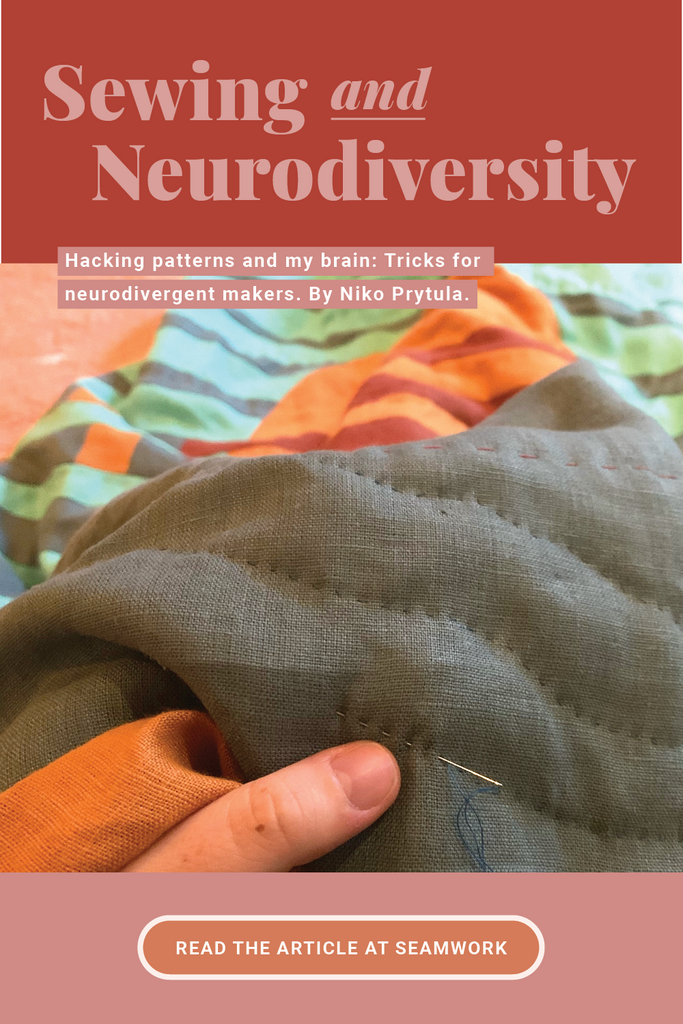Meeting Myself
When I was 23, I read The Kiss Quotient, by Helen Hoang. In the afterword, she describes getting an autism diagnosis in her thirties. While reading it, I sobbed.
It’s not a particularly emotional story: her daughter was being assessed, and Hoang recognized in herself many of the traits her daughter was asked about. For the first time in my life, I saw my whole self reflected in someone else.
I was 16 when I was diagnosed with “atypical rapid-cycling Bipolar Disorder,” Panic Disorder, Generalized Anxiety Disorder, Sensory Processing Disorder, and borderline agoraphobia. I felt like a walking word salad. Nothing made sense.
At 23, I was diagnosed as autistic, and my world opened up.

Dysfunction Junction
My struggles have little to do with autism and everything to do with the fact that society is not constructed for people like me. Open-plan offices are a nightmare, as are the flashing lights cyclists use as headlights. I hold my breath near Yankee Candle stores to avoid being overwhelmed by nausea.

I love virtually everything else about being autistic. Ambient noises sound like fully orchestrated music. I have an incredibly analytical mind and learn new skills in record time. I will read anything just for the pleasure of learning something new. My personality, my personhood, and my autism are inseparable, as intertwined as bone and muscle.
The one thing I would change is my executive dysfunction. Executive functioning is a set of skills that help us accomplish tasks. One of the hallmarks of autism and other types of neurodivergence is executive dysfunction. This includes difficulty with:
- Controlling focus and impulses
- Time management
- Motivation
- Working memory
- Emotional regulation
I have been machine-sewing for six years and have few finished objects, partly because I’m a perfectionist but mostly due to executive dysfunction. What I do have are boxes of projects started in fits of inspiration, and little motivation to finish them now that the spark is gone. They weigh on me, like too many tabs open in my mental browser.

Making a Life
My mom taught me to knit when I was four. My dad had me painting apartments with him by six—though he did stick me in the closets to hide my terrible handiwork. I began sewing with my Babu so young I don’t remember learning.
She first used a cast iron machine for which her father traded three bags of sugar in a Displaced Persons camp after World War II. Babu scared me off machine-sewing for years by telling me about the time she sewed through her thumb while rushing to finish a dress for a school dance. I didn’t realize my entry-level Brother machine didn’t have the power for that. I wouldn’t even set it up until years after I got it, after my girlfriend taught me to sew on her machine so we could make a stuffed turtle for her cousin’s baby.

I was an accomplished woodworker, and I learned that machine-sewing, which scared me, was similar to using a bandsaw, which counterintuitively did not scare me. I loved that skills from my college product design courses translated clearly to sewing. My sewing machine wasn’t loud or dangerous the way power tools are. When I got overstimulated from the city or woodshop, sewing relaxed me, and even with a migraine, I could sometimes pin things together or hand-sew. I was hooked.

I haven’t mastered my executive dysfunction. My focus is either all—sewing for 14 hours and giving myself a migraine—or nothing, dragging myself to my machine when every seam feels like it takes forever. My workspace invariably looks like a tornado hit after only ten minutes.
I have, however, developed some tricks.
Tricks for Neurodivergent Makers

-
Timers and alarms: I use the Pomodoro method: work for 25 minutes, break for 5 minutes, repeat. I set alarms to remind myself to clean up periodically, to stop working before I get too tired to clean up, to turn off the iron, to stretch. The wonderful Sam (@PurpleSewingCloud) uses timers to limit the amount that she sews to prevent fatigue, which I have begun to incorporate. -
Everything in plain sight: If something is not visible, it disappears from my brain. My fabric stash grew to its frightening size because it was in a closed cabinet. I recently followed this True Bias tutorial to fold my fabric onto magazine boards. Now it’s organized by type and color, and I know exactly what I have. My notions are in clear, labeled drawers. Goals and reminders go on the wall at eye level on a neon Post-It. -
Don’t sew tired or in pain: Migraines give me brain fog. Sometimes it’s so bad that I can’t recognize that a terrible headache is a migraine. After the third time I messed up flat-felling the same seam in one night—and ripped out the perfect seam next to it—I instated this rule.
Do Things Before There Is A Consequence To Not Doing Them: This should go without saying, but I always need the reminder. I struggle to track the passage of time, so I write things down as they occur, hoping I’ll remember to buy more black thread before I have a dire need at 11 pm, for example.
Body-doubling: Body doubles are a physical presence that can help you focus. Many neurodivergent people struggle to hold themselves accountable but will do anything to avoid disappointing others. I joined a Sew Queer workspace organizing Zoom and got more done in two hours with others than in three months alone. I sometimes record time-lapse videos of myself, which keeps me from using my phone. My dog Goose reminds me to take breaks—he’s very vocal about his needs!
These tips are not only for neurodivergent people. If you think they might help you, use them!
Mainstreaming tools designed for neurodivergent folks helps remove stigma and often results in cheaper and more widely available physical tools. Sewing should be accessible to all, without barriers or judgement. Make what you want to make, on your own schedule, with whatever tools you need, and enjoy





